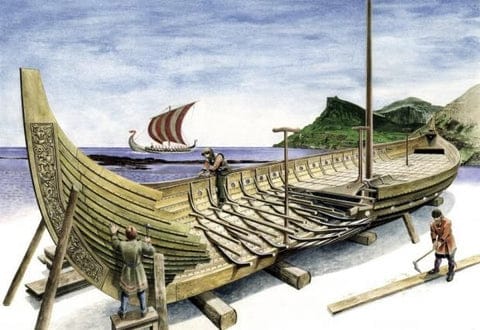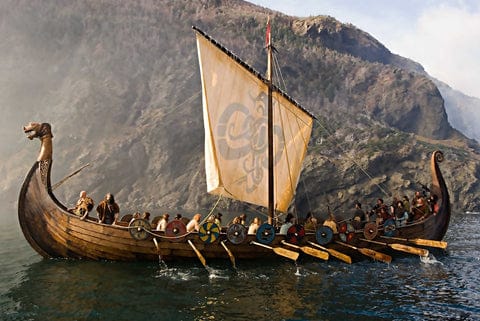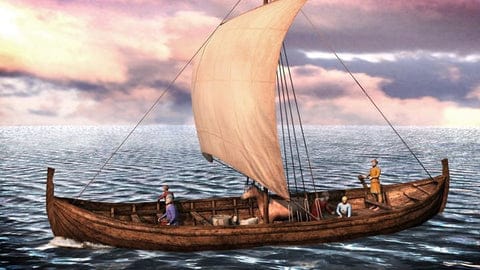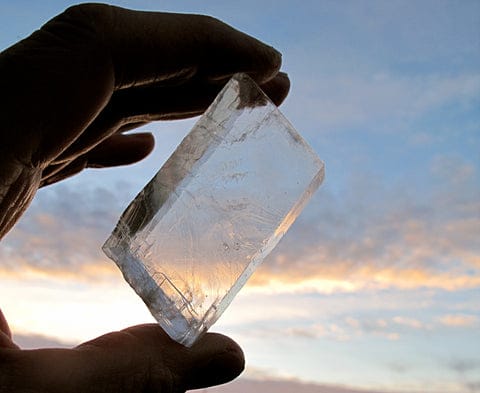Your Cart is Empty
Menu
-
- Shop by Type
- End of Line Sale Items
- New In
- Viking Gifts Under $30
- Hand Forged Axes
- Silver Viking Jewelry
- Stainless Steel Jewelry
- Cremation Jewelry
- Necklaces and Pendants
- Hand Carved Wooden Pendants
- Kings Chains
- Viking Drinking Horns
- Pendant Chains
- Rings
- Bracelets
- Earrings
- Beard Beads and Beard Rings
- Collectables
- Ceramic Mugs
- Street Wear
- Horn Jewelry
- Bronze and Pewter Jewelry
- Shop by Theme
- Viking Axe
- Celtic Jewelry
- Dragon or Serpent
- Viking Raven
- Wolf / Fenrir
- Rune Jewelry
- Odin Jewelry
- Ram / Goat
- Shieldmaidens / Lagertha
- Sword, Spear or Arrow
- Thor's Hammer / Mjolnir
- Tree of Life / Yggdrasil
- Helm of Awe / Aegishjalmur
- Triquetra or Triskelion
- Valknut / Knot of Slain
- Vegvisir / Viking Compass
- Veles / Bear
- Blogs
- Help
-
- Login

Viking Longships and Seafaring

Viking Longships and Seafaring
The Vikings were a seafaring people who dominated the seas of Northern Europe for centuries. Their boats were some of the most advanced in the world at the time and allowed them to explore new lands, trade and establish settlements all over Europe and as far away as Asia, and present-day Canada, Greenland, and the United States.
The first Viking boats or longships were constructed out of wood, with a keel and ribs made from oak. The planks of the boat were held together with iron nails, which helped to make the vessel stronger and more durable.Viking longships were clinker built, meaning that they were constructed by overlapping planks rather than attaching them edge-to-edge. This method allowed for greater flexibility in construction but also gave rise to a greater risk of leaks. To prevent this from happening, many longships featured a layer of tar along their seams which helped keep the water out. All longships had a single mast with a square sail and used oars to propel the ship when needed.

A typical clinker built Viking longship construction
The Vikings employed two primary types of longships: warships and merchant or transport ships.
Warships
Warships, also known as drakkar or dragon ships were built for speed and mobility in battle and typically had larger and higher sails for more speed, a narrower hull, and more oars than merchant or transport ships. Drakkars had a deep draft and shallow hull which made them suitable for both sailing and rowing and allowed them to navigate rivers and creeks as well as the open sea. Warships were also double banked, which enabled more oarsmen to be deployed on either side of the ship allowing for faster rowing (although this would have been dependent on how many oars each man operated).
These ships were built to be very sturdy and could take on a great deal of damage without sinking. Simple construction techniques meant that the Vikings were able to build their ships quickly and cheaply, which was a crucial advantage in battle when they needed to repair damage or replace ships. It has been estimated that a new ship could be built from scratch in only one month.
A typical longship could carry up to 30 men with all of their supplies needed for a long voyage across the ocean so space was at a premium. As a resultbarrel lids doubled up as tables for gaming and eating. The lids had holes carved into them to allow dice to be rolled and the tables could be stowed away at night.
As the name suggests, dragon ships featured a dragon head on their prow which was believed to have been used as a psychological weapon against enemies that would see them as terrifying and evil (and not just another ship). The head could also have been used to ram into an enemy ship's bow, causing the enemy crew to be crushed by the impact and fall into the sea. The dragon head was also a symbol of power and strength during Viking Age Scandinavia.

A Viking Drakkar longship
Merchant Ships
Viking merchants used ships called knarrs, which were designed to carry cargo and passengers.The keel of these ships was very deep and had a large draft with a shallow hull which made them faster than other ships at the time and also allowed them to navigate difficult waters and beach on shore to load and unload cargo. The knarr's hull had a much larger cargo space than other ships for storing goods such as food, livestock and weapons. They were not as sturdy as dragon ships but this made them much more suitable for sailing on open seas in search of new trade routes or lands to conquer.

The Viking Knarr merchant and transport ship
Navigation
Viking sailors were skilled navigators and often sailed by night to avoid being spotted from shore. They made many advancements in navigation techniques but perhaps the most important was the use of the sunstone. This stone allowed them to find their place in the sky at night, which helped them navigate during cloudy conditions or in darkness.The sunstone is thought to have been made of Icelandic spar, which is a variety of calcite (calcium carbonate). It is found in lodes near volcanic areas and is found in many parts of Iceland and Norway (the Vikings believed that these crystals were found only within regions governed by Odin).
The sunstone is thought to aid navigation by polarizing the light that it reflects and allowing that polarized light to shine through cloud cover, which would otherwise prevent celestial navigation using stars alone.

A modern Viking sunstone
The Vikings also used “moonstones” as navigational tools. Moonstones were dark stones that appeared bright when placed in front of a light source such as moonlight or sunlight. They may have been hematite (iron oxide), magnetite (iron oxide), or even amber. The moonstones may have been used in conjunction with a “sunstone”, but the moonstone was also often used alone.
The Vikings also utilized the sun to determine their direction of travel. They did this by observing the shadows that objects cast. They would then turn towards the object whose shadow pointed in the direction they wished to travel. This method is known as “shadow stick” navigation and it could be used on cloudy days or at night if you had a clear view of the horizon.
Natural landmarks such as coastlines or mountains that could be seen from far away were often used to aid navigation. This technique is called “running on the sight” or “on sight navigation”. Another method used was “dead reckoning” where they would estimate how far their ship had travelled based on how fast it was moving and how much time had passed since its last course correction (a type of sundial called an “hourglass” was used to tell time when they were at sea. This was a piece of wood with a hole in the middle and two pieces of wood that had hour markers on them that would fit into the hole. A person could tell what time it was by looking at where the sticks were pointing). By plotting this course on a map, they could then figure out where they were going even if their ship was not close enough for them to see land or landmarks.
Other navigational tools that Vikings employed later in the period included compasses and sextants. A compass was made from a lodestone (a naturally magnetized piece of iron pyrite) suspended inside of a wooden bowl or box with a hole in one side that allowed it to be oriented towards magnetic north.
